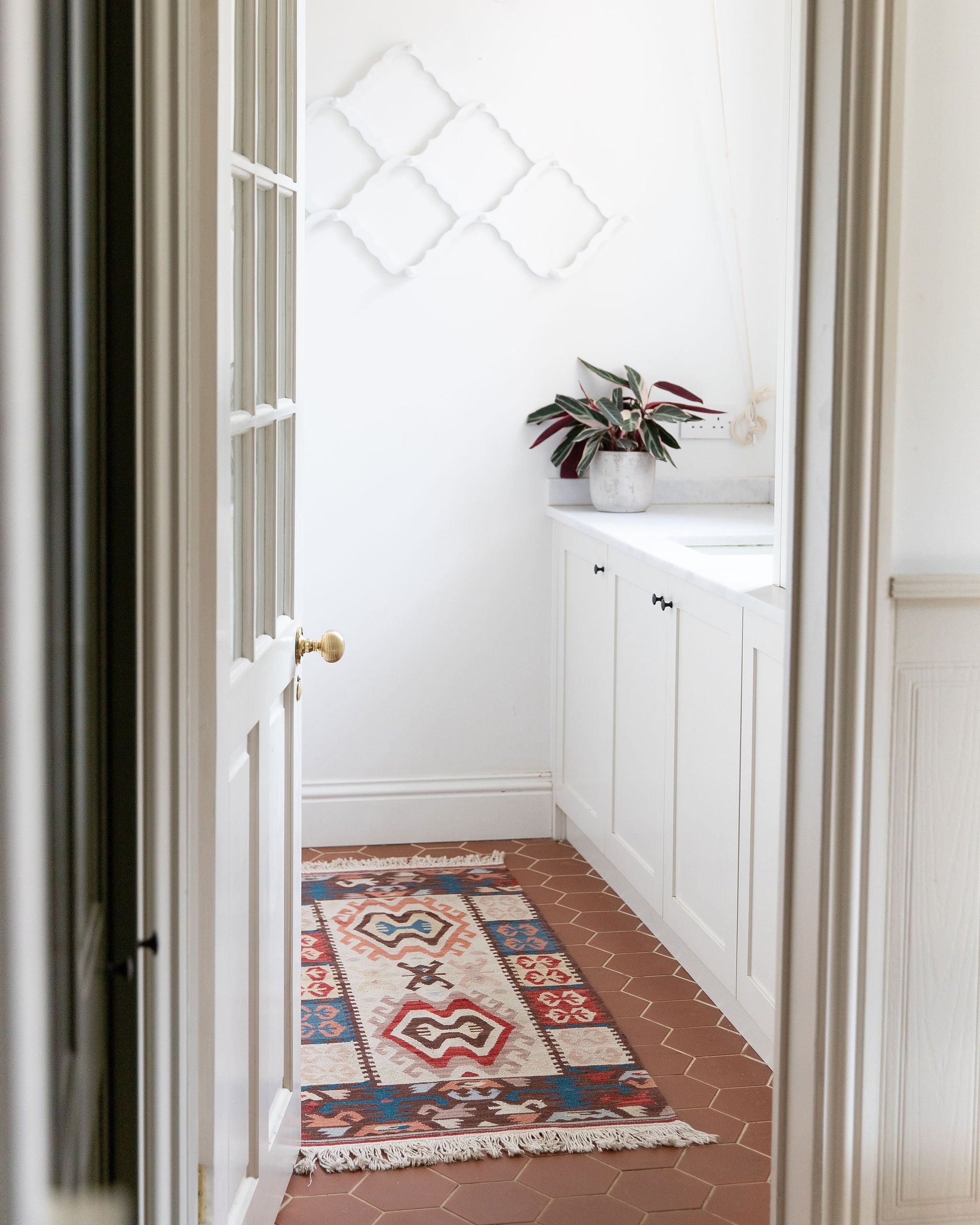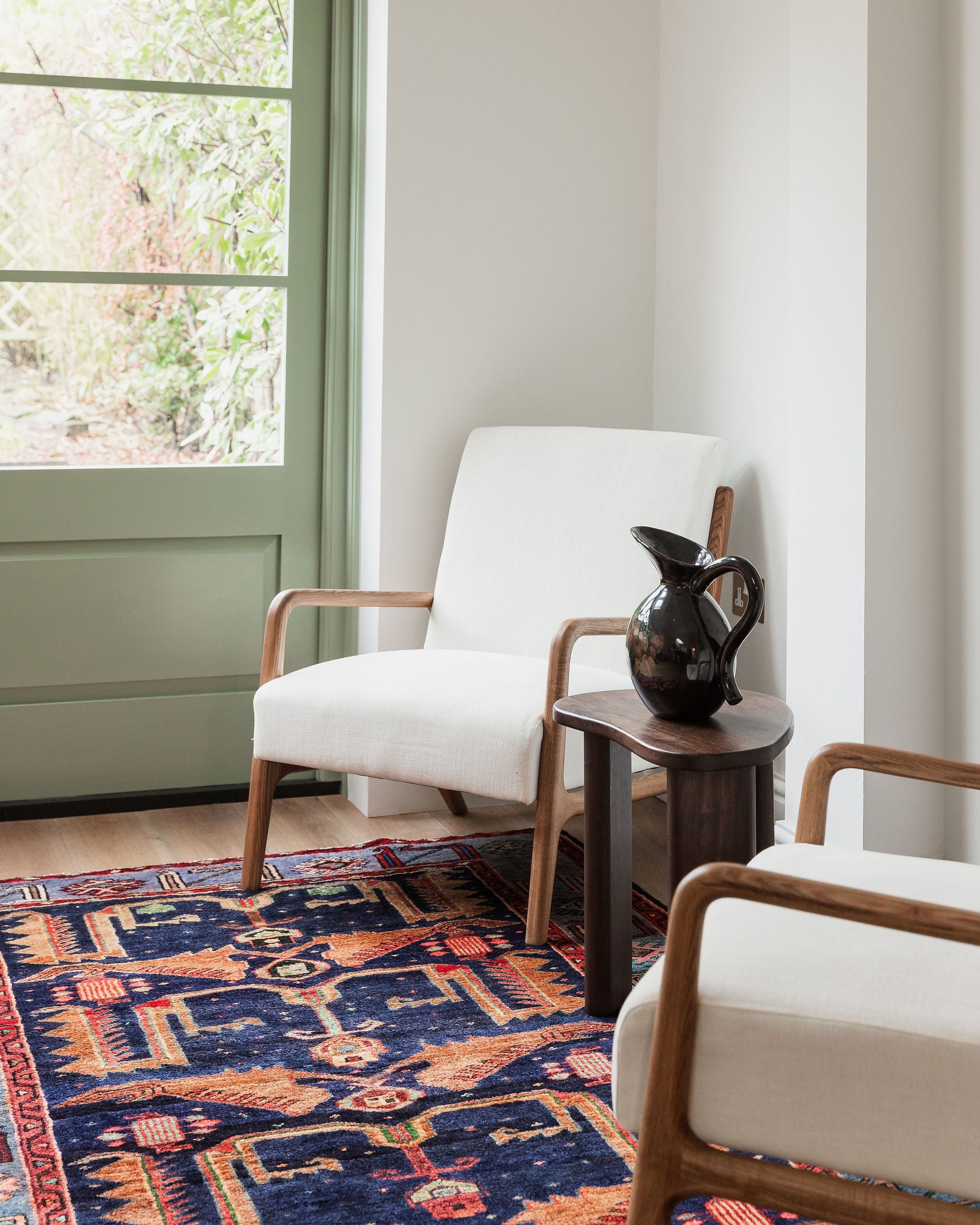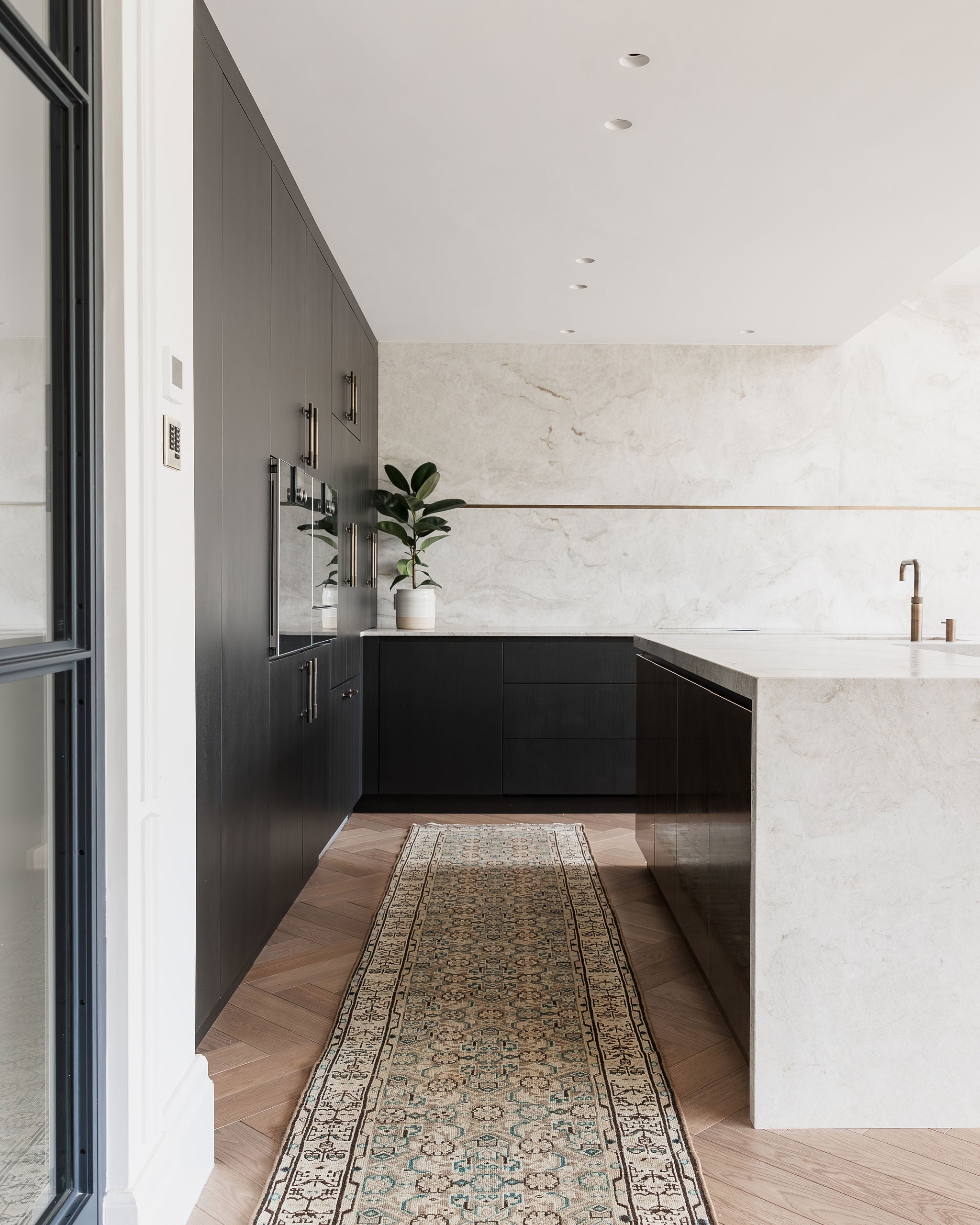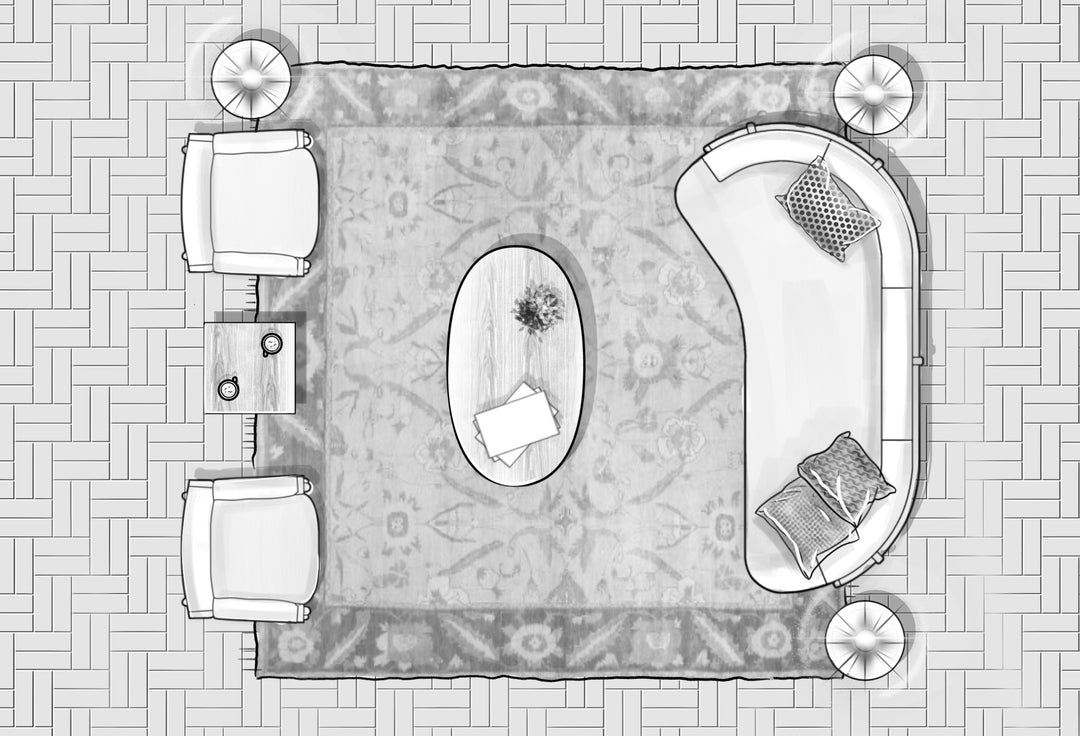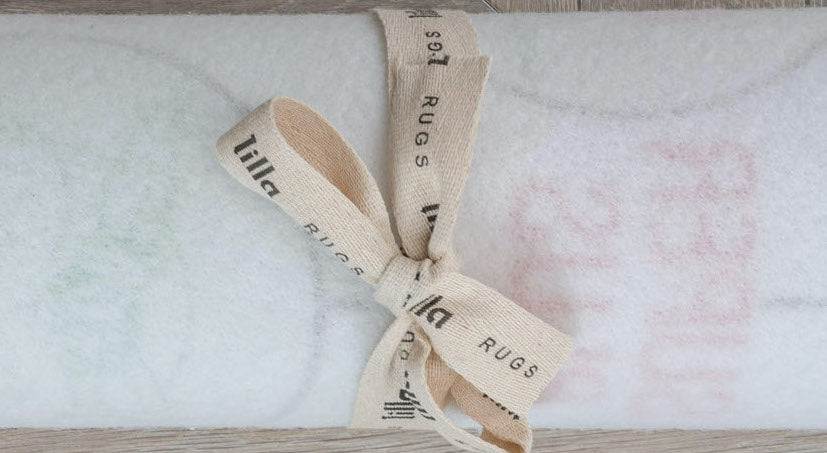L-Shaped, Narrow or Attic: How to Decorate an Odd Shaped Room

Image Credit - Dwell
Generally, houses have rooms that are either rectangular or square with walls at 90-degree angles, but what if yours doesn’t? L-shaped, narrow, or attic: if you have a challenging space at your house, don’t fret, today all your layout problems will be solved!
Do you have an odd-shaped room that you don’t know how to decorate? While it can be difficult to imagine how to make a space like this work, fear not! Creating a nice flow in your living area doesn’t have to be that challenging - there are tips and tricks that designers keep up their sleeves for these types of situations. Considering the living room is the showcase area of your home, you want to be able to entertain company and kick back comfortably there. When arranging your space, consider the furnishings you would like to place and the function you want for the room - this will help you establish a sense of balance and aesthetic appeal. A quirky floor plan will add character and visual interest to your space, creating an inviting, attractive room that stands out for the right reasons. We hope you find these four odd-shaped living room ideas helpful in making the most out of your space.
ARRANGE AROUND THE FOCAL POINT

Image Credit (left to right) - Pinterest
There are a lot of great apartments and homes that aren’t laid out like traditional living areas - so an odd-shaped living room shouldn’t stop you from getting the apartment you want. The best way to start decorating your odd room is to decide on the focal point, and then you can decorate around it. A Persian or Oriental rug is a great way to create a focal point; they draw the eyes away from harsh corners or other elements of strange shaped rooms. Based on the focal point, consider where the furniture in your room should orient - furniture placement in odd-shaped areas is easier to decide on once you know where you want the furniture to face. Take a look at our selection of statement-making Persian Rugs below:

Featured Rugs (left to right) - ADELINE, BAY
DIVIDE & CONQUER

Image Credit - Probably This
If your living room is odd-shaped, then don’t panic. Start by dividing the room into more manageable sections. Use furniture to create ‘zones’ to help isolate irregular walls or areas. Defining these zones can easily be done by organising your furniture around a focal point, like a centerpiece rug or fireplace - thus, separating angled or oddly-shaped walls from the rest of the space. All you need to do is break it down into segments and then arrange the furniture in each area appropriately.
One effective technique is to create a conversation area with a sofa, rug, and coffee table, then placing some art, a bench, or desk along the isolated, angled wall. It’s visually and programmatically distinct from the other nearby living zones. This way you can use different types of furnishings in each space to separate them - making it easier to arrange furniture in each section conventionally, at the same time as using the space wisely. By dividing up the space and treating the areas as separate, you no longer need to worry about how to address the entire room at once. If the room lends itself to different functions, then go with it and utilise the space wisely.
Rug Layering is another great way to define specific areas to create separation between functional zones. Yes, arranging your furniture in the right way will help achieve this, although to create real definition, treat your floors like walls. Unlike a wall, a Persian or Oriental rug will keep the space open, as well as clearly defining each area. No matter what you use to segment the room, take advantage of the odd shape to create the illusion of more living space in your home or apartment.
USE THE RIGHT COLOUR SCHEME

Image Credit (left to right) - My Domaine, Pinterest
The right colour scheme is important when working with odd-shaped rooms and awkward walls. For example, sloping walls and ceilings need to appear more open, so using an earth-toned colour palette can help pull a place together, making the space feel calmer and larger. Colours like beige, deep blue, and light grey set the walls into the background, take the focus off the room’s shape. With any luck, the walls will blend and you’ll remove the impression of sitting in a weird living area. Steer clear of using too many vibrant or darker shades - these will make the space feel closed off and small. When decorated thoughtfully, the shape of the room becomes unimportant, so get creative and try different ideas until you find something that works best for you and your unconventional space. The addition of a neutral toned Persian or Oriental rug, will add texture and dimension to the space, take a look at our picks below:

Featured Rugs (left to right) - EBONIE, LULU, TESS
GO BUILT-IN OR CUSTOM

Image Credit - Friellumber
Awkward spaces are not problem spaces when you know what to do with them - if you're struggling to fill an awkward area or looking to create more room in your home, invest in built-ins or custom furniture. Custom pieces, like storage or seating, can turn unworkable or impractical areas into usable, valuable square footage, while also camouflaging unbalanced or angled walls.
A common interior design problem is sloping walls. It’s almost impossible to find furniture to fit these awkward spaces, which is why fitted furniture is always the better choice. More streamlined than freestanding storage, built-in designs can provide clever solutions to awkward corners, lofts, high ceilings, and staircases. Getting a professional to create and fit bespoke storage solutions might be more costly, but it ensures a personalised, flawless fit - making better use of the space, and the room will look bigger and more open.


